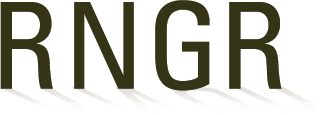The role of genetics in improving forest health
Northwestern USA
An often ignored tool to improve forest health is the application of genetics. Tree improvement programs in the Inland West utilize genetic principles to develop-seed transfer guidelines to avoid the problems associated with off-site plantings and to improve characteristics in conifers related to forest health. PC-based expert systems have been developed to aid in seed transfer in ponderosa pine and Douglas-fir. Genetic gains in adaptation, and insect and disease resistance, continue to be made in western white pine, western larch, ponderosa pine, Douglas-fir, and lodgepole pine. While progress has been made in the white pine blister rust program, restoring western white pine to Inland Northwest forests requires a continued commitment to selective breeding. Other insect and disease problems should also receive strong consideration in selective breeding programs, to prevent erosion of existing genetic resistance, and when warranted, to sustain and enhance this resistance.





